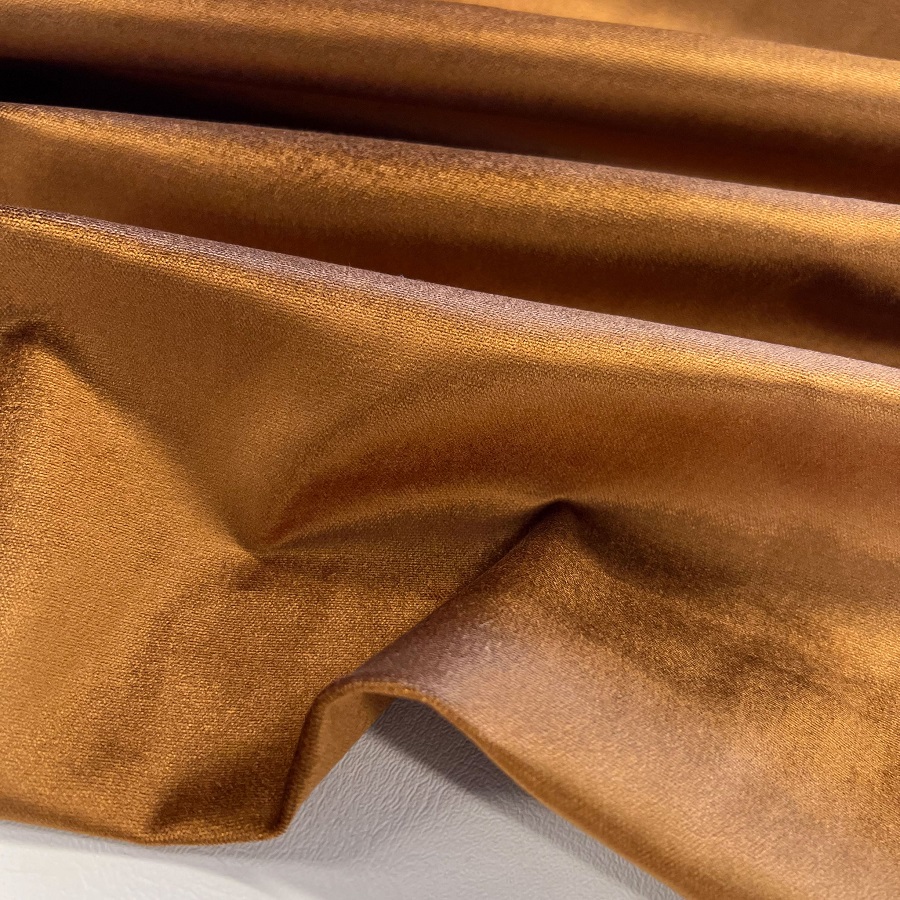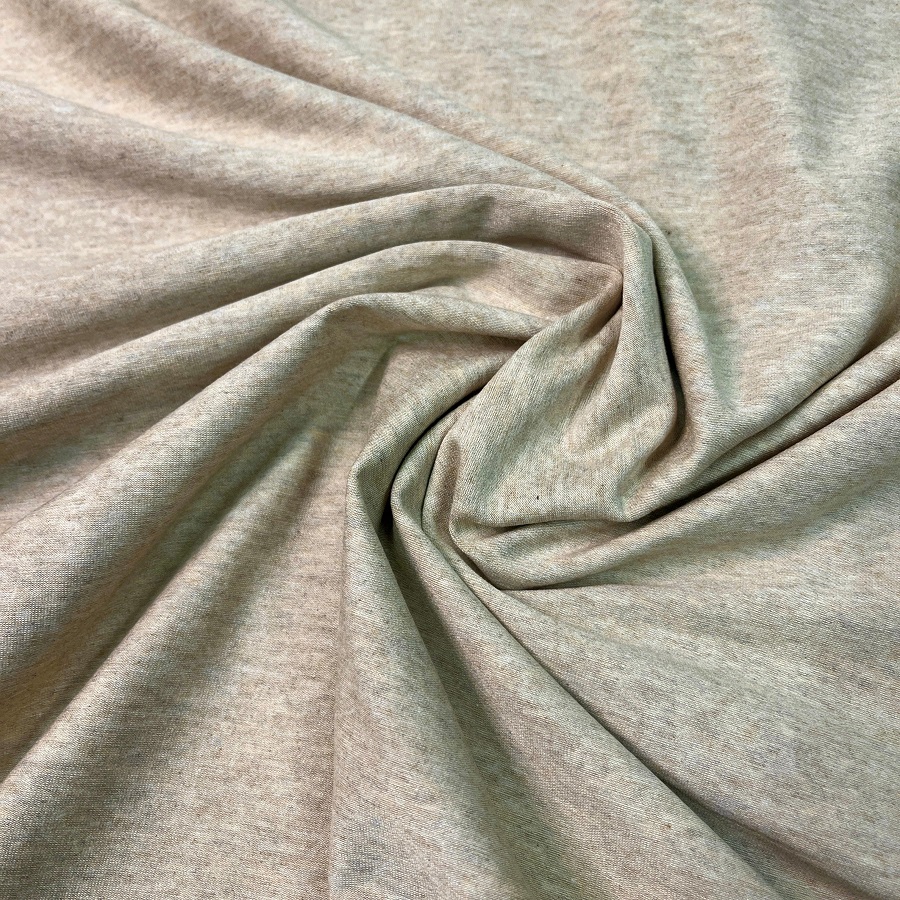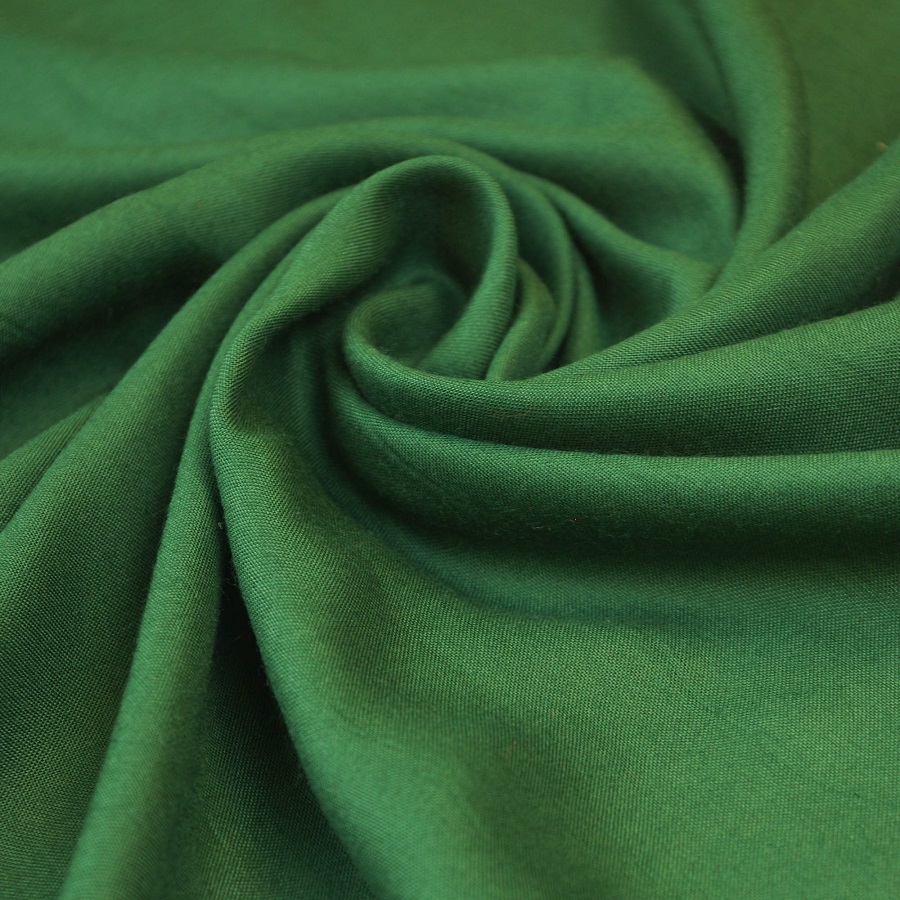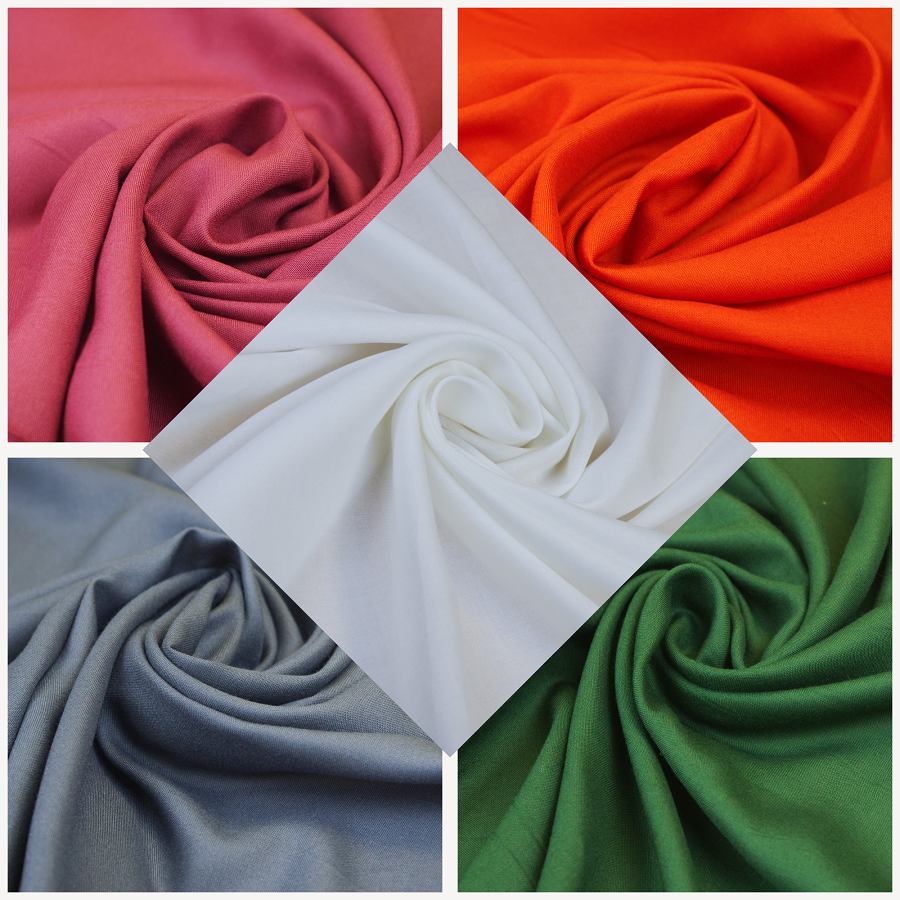Choosing the right fabric for your wardrobe can significantly impact your comfort, style, and maintenance routine. Among the myriad of fabric options, rayon and cotton stand out as two popular choices. Each fabric comes with its own set of advantages and disadvantages, making it essential to understand their differences. This article explores the characteristics, benefits, and drawbacks of rayon and cotton, helping you determine which fabric is best for your wardrobe.
Understanding Rayon
What is Rayon?
Rayon is a semi-synthetic fabric made from natural sources such as wood pulp, which is processed into fibers. While it is derived from plants, the manufacturing process involves significant chemical treatment, distinguishing it from purely natural fabrics. Rayon can mimic the feel and texture of silk, wool, cotton, or linen, making it a versatile option in fashion.
Types of Rayon
There are several types of rayon, including viscose, modal, and lyocell, each with unique properties. Viscose is the most common type, known for its softness and drape. Modal is often blended with cotton to enhance durability and softness, while lyocell is produced using environmentally friendly processes and is celebrated for its breathability and moisture-wicking properties. Understanding these variations can help you choose the right rayon fabric for your needs.

The Advantages of Rayon
Softness and Comfort
One of the standout features of rayon is its exceptional softness. The fibers create a fabric that drapes beautifully and feels luxurious against the skin. This softness makes rayon a popular choice for dresses, blouses, and loungewear, providing comfort throughout the day. Additionally, rayon has a smooth surface that reduces friction, making it ideal for sensitive skin or those prone to irritation.
Breathability and Moisture Absorption
Rayon is known for its breathability, which is essential for warm weather. The fabric allows air to circulate, helping to regulate body temperature. It also has excellent moisture-wicking properties, absorbing sweat and keeping you dry. This makes rayon a suitable choice for summer clothing, particularly for items like shirts and dresses that require both comfort and style.
The Drawbacks of Rayon
Care and Maintenance
While rayon offers many benefits, it also requires careful maintenance. The fabric is prone to shrinkage and may lose its shape if not washed correctly. Many rayon garments are labeled as dry clean only, which can be inconvenient and costly. Additionally, rayon is susceptible to water stains, so wearing it in humid conditions or around liquids can be risky.
Durability Issues
Rayon’s softness comes at a cost. The fabric is generally less durable than cotton and may wear out faster with frequent washing and wearing. It can also be prone to wrinkling, which requires regular ironing or steaming to maintain a polished appearance. If you’re looking for a long-lasting fabric, rayon might not be the best choice for everyday wear.
Understanding Cotton
What is Cotton?
Cotton is a natural fiber derived from the cotton plant’s bolls. It has been used for thousands of years, making it one of the oldest and most versatile textiles. Cotton fabric is well-loved for its softness, breathability, and durability. It comes in various weaves and blends, allowing for a range of styles, from casual to formal.
Types of Cotton
Cotton is available in several varieties, including Egyptian, Pima, and upland cotton. Egyptian cotton is known for its long fibers, resulting in a luxurious feel and superior strength. Pima cotton, similarly high-quality, is often used in upscale bedding and clothing. Upland cotton is the most commonly produced variety in the U.S., suitable for everyday wear. Understanding these types can help you select cotton fabric that meets your specific needs.

The Advantages of Cotton
Durability and Longevity
One of the primary advantages of cotton is its durability. Cotton fibers are strong and can withstand regular wear and washing without losing their integrity. This makes cotton a reliable choice for everyday clothing items like t-shirts, jeans, and workwear. With proper care, cotton garments can last for years, making them a worthwhile investment for your wardrobe.
Easy Care and Maintenance
Cotton is generally easy to care for and can be machine washed and dried, making it convenient for busy lifestyles. Most cotton fabrics can withstand high heat during washing and drying without significant risk of shrinking or damaging the fabric. This ease of maintenance is one reason why cotton remains a staple in many wardrobes, as it requires minimal effort to keep looking fresh and clean.
The Drawbacks of Cotton
Potential for Wrinkling
While cotton is celebrated for its durability, it can be prone to wrinkling. Depending on the weave and weight of the fabric, cotton garments may require ironing after washing to maintain a crisp look. This can be a drawback for individuals seeking low-maintenance clothing options. However, cotton blends with synthetic fibers can mitigate this issue, offering a wrinkle-resistant solution.
Breathability Concerns in Heavy Fabrics
Although cotton is generally breathable, heavier cotton fabrics may not provide the same level of airflow as lighter alternatives like rayon. In hot and humid weather, heavier cotton can feel stifling, making it less comfortable for prolonged wear. Opting for lighter cotton varieties or blends can help address this concern, ensuring comfort in warmer climates.
Comparing Comfort Levels
Softness and Feel
When it comes to softness, rayon typically outshines cotton. The luxurious feel of rayon can make it a favorite for special occasions or loungewear. However, cotton is also soft, particularly in its higher-quality varieties like Egyptian or Pima cotton. The choice between the two often depends on personal preference and the specific item of clothing being considered.
Breathability
Both fabrics offer breathability, but they do so in different ways. Rayon excels in moisture-wicking and air circulation, making it ideal for hot weather. Cotton is also breathable, but heavier weaves may not perform as well. If you’re looking for a fabric to keep you cool and dry, particularly in summer, rayon may have the edge.

Cost Considerations
Price of Rayon vs. Cotton
Generally, cotton fabrics are more widely available and often come at a lower price point than rayon. However, the cost of rayon can vary significantly based on its type and quality. High-end rayon fabrics, such as modal and lyocell, can be quite pricey, often comparable to premium cotton options. Understanding your budget and the specific fabric qualities you desire can help you make an informed choice.
Long-term Value
While rayon may have a lower initial cost, its durability issues can lead to higher long-term expenses. Cotton garments, known for their longevity, can be a better investment over time. Regular wear and washing of rayon can result in faster deterioration, necessitating more frequent replacements. If you prioritize longevity in your wardrobe, cotton might be the smarter choice.
Environmental Impact
Rayon Production Concerns
The production of rayon has raised environmental concerns due to the chemical processes involved in transforming wood pulp into fibers. This process can lead to deforestation and pollution if not managed sustainably. However, some brands are committed to eco-friendly practices, using responsibly sourced materials and reducing waste. If sustainability is a priority for you, look for brands that emphasize environmentally friendly rayon production.
Cotton’s Sustainability
Cotton is often viewed as a more environmentally friendly option, particularly organic cotton, which is grown without harmful pesticides and fertilizers. However, conventional cotton farming can also have negative environmental impacts, including high water usage and chemical runoff. Choosing organic or sustainably sourced cotton can mitigate these concerns, allowing you to make a more eco-conscious choice for your wardrobe.
Conclusion: Which Fabric is Best for Your Wardrobe?
Evaluating Your Needs
Deciding between rayon and cotton ultimately depends on your specific needs and preferences. If you prioritize softness, breathability, and moisture-wicking properties, rayon may be the better choice, especially for summer garments. However, if durability, ease of care, and longevity are your top priorities, cotton is likely the more suitable option.
Making an Informed Decision
Consider your lifestyle, climate, and how often you plan to wear and wash your garments. Both rayon and cotton have their unique benefits and drawbacks, and the best choice may vary based on individual circumstances. By understanding the characteristics of each fabric, you can confidently select the right options to enhance your wardrobe and ensure comfort and style in your everyday life.









